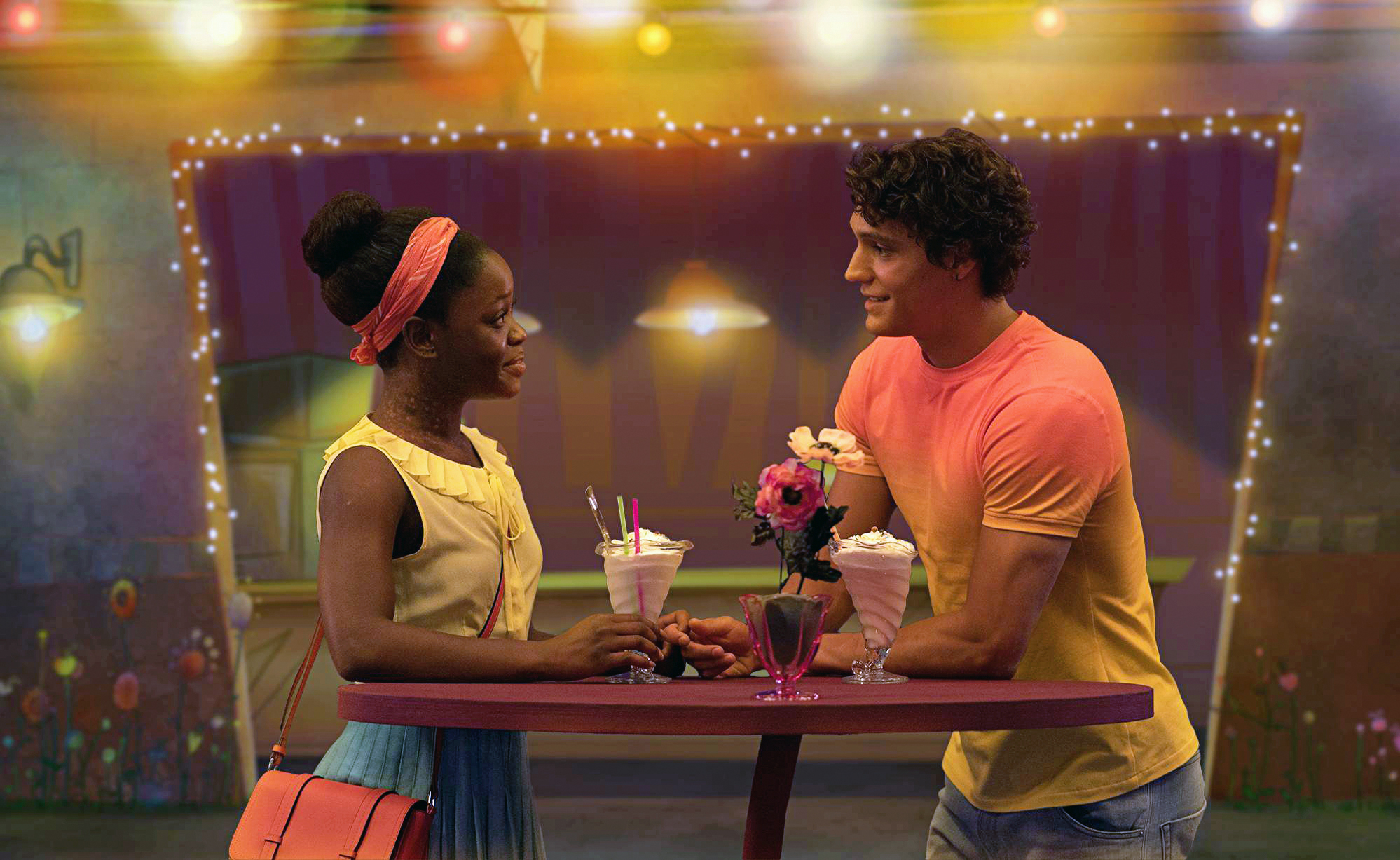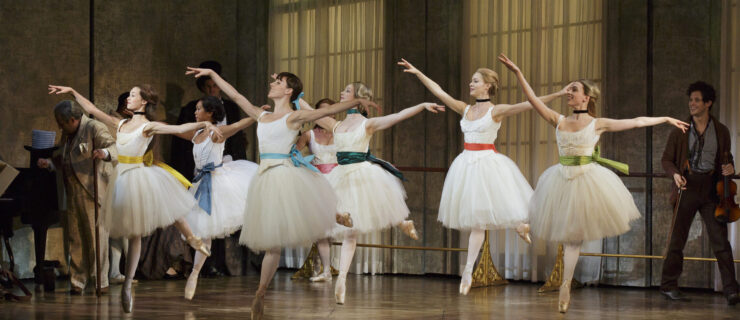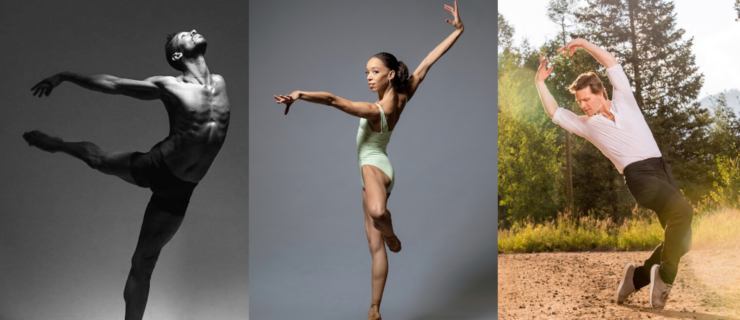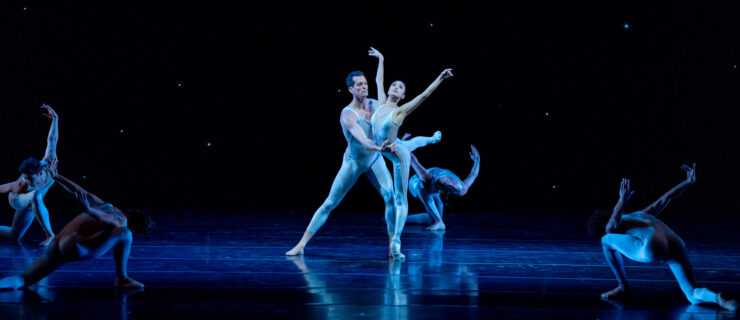Michaela DePrince Talks About Her New “Coppelia” Film
This month, Boston Ballet second soloist Michaela DePrince stars in Coppelia, a long-anticipated film project produced by her former company, Dutch National Ballet.
Adapted from DNB’s stage production—which DePrince also led—the movie features choreography by artistic director Ted Brandsen and direction by Jeff Tudor, Steven De Beul and Ben Tesseur. Special guests include Darcey Bussell and Irek Mukhamedov, reuniting as partners after 20 years. Mukhamedov also performs with his daughter, Sasha Mukhamedov.
The story is a modern retelling of the classic ballet. “I think it’s the perfect timing,” says DePrince about the film’s release date, despite a year-long postponement due to the pandemic. It premiered at the Annecy International Animation Festival in June, and becomes available on streaming platforms, Blu-ray and DVD on October 19. PBS Great Performances will air the movie on November 26. “Of course, I wanted it to be out before COVID,” she continues. “But I love, love the way it turned out.”
A Coppelia for Today
DePrince plays Swan, a spirited young woman who tries to save her village from the evil Dr. Coppelius (DNB principal Vito Mazzeo). The doctor is a cosmetic surgeon who promises the townspeople perfection, while tricking them into surrendering their unique features. His goal: to create the ideal woman by bringing his robot, Coppelia—portrayed by an animation—to life. Meanwhile, Swan risks losing her love interest, Franz (Daniel Camargo), to the bot. Bussell and Mukhamedov portray the mayor and a baker, respectively.
The updated plot is relevant to today’s image-driven culture. “On social media, young children see celebrities who seem to have it all together, when things like Botox are done,” says DePrince. “People are trying to change themselves, but at the same time, there is a shift toward accepting themselves a bit more. I feel like this is such a great time for kids to see that it’s okay to be different.” She continues, “Especially as people suffer with their mental health because of COVID, I hope this film helps anyone who feels a bit insecure.”
Animation is used for the scenery, select background characters and idealized forms of the villagers, shown during consultations with Dr. Coppelius. To DePrince, the film’s mixed-media format enhances the story’s relatability. “I think you’re able to really understand it,” she says. “There was one part where even I [briefly worried about the characters] because they did such a great job with the animation, even though I already knew the end of the story! The scenery is mostly two-dimensional, and with this, you get to see everything around. It feels like you’re in this certain world.”
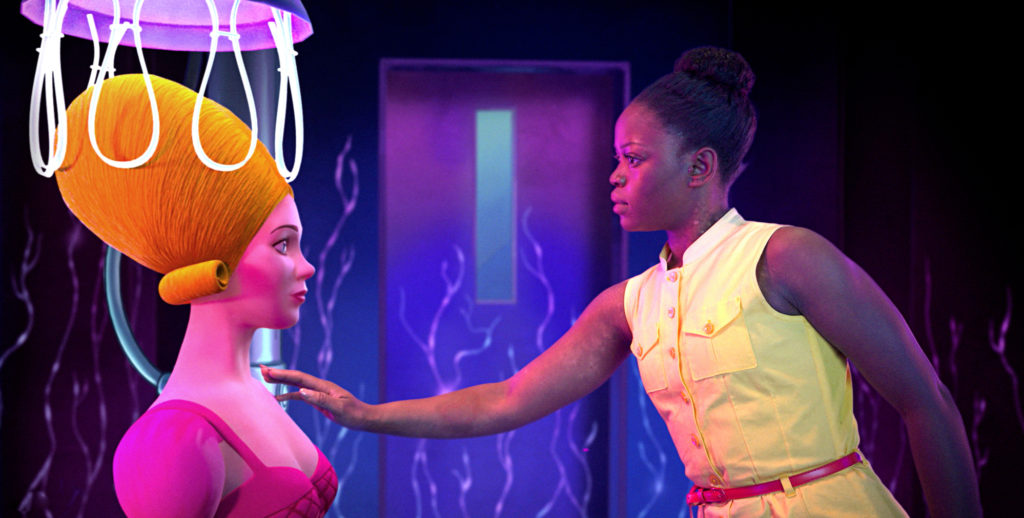
Behind the Scenes
Making the movie was demanding, yet creatively stimulating. “On the filming days, I’d wake up at around 6 or 6:30 am, and we’d work until 6 o’clock at night,” says DePrince. “I really enjoyed it.” Performing with animated scenery and characters required a heightened use of imagination, as it involved working with green screens. “We were looking at a screen that was either blue, green or yellow. You had to find different ways to inspire yourself.”
As the film has no dialogue, DePrince needed to adapt a familiar skill—acting without words—for the camera. “We’re very theatrical in ballet onstage—everything is bigger and bigger and bigger,” she says. Onscreen, less is more. “You can read my face very well, so it was quite interesting for me to tone it down and just try to act as if I’m having a conversation with somebody, instead of trying to perform.”
“You see a lot of different body types in the movie, as well,” DePrince continues. While filming, she was also recovering from a serious injury. She had ruptured her Achilles tendon only two years before, and it took a year to heal. Dancing in Coppelia was a meaningful step in her journey back to performing. “I wasn’t necessarily in the best shape,” compared to her norm, she says, “but it’s also okay to see that process. I hope it can be more relatable than just being a skinny Caucasian or thin Black dancer. Everybody’s body can be different, and you can still enjoy dancing.”
Getting Into Character
DePrince feels a deep connection to Swan. “I feel like she and I are pretty much the same,” she says. “We’re very feisty, and we believe what we believe. I am a caretaker, so I always want to protect my friends and family. I want people that I meet to see the amazing potential that they have as human beings, and not just on the outer surface.”
She hopes Coppelia will help viewers celebrate what makes them unique. “I didn’t use to like my vitiligo as a child,” she says. “At one point, being adopted and coming to the U.S., I realized being Black was an issue, as well. My skin color—this decoration—has affected me in different ways, in the way I’ve been treated in the ballet world and the outside world.” In turn, she embraces the power and beauty of displaying her complexion onscreen. “I love the fact that you see a dark-skinned dancer on film,” she says. “I always wanted to see that as a young child, especially in ballet.”
